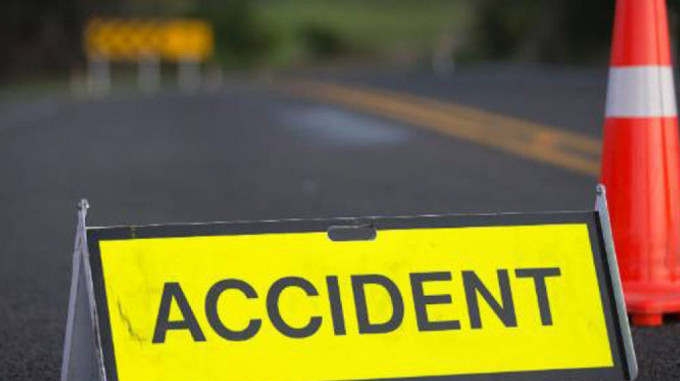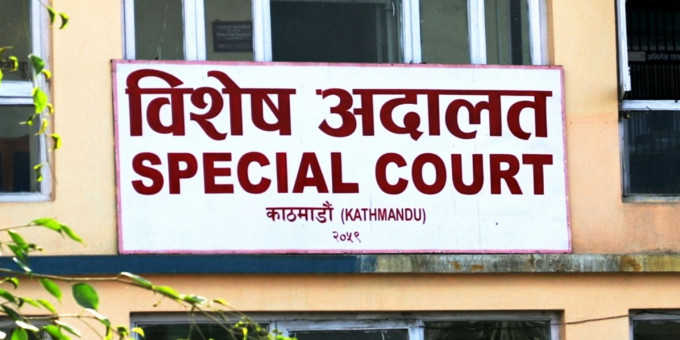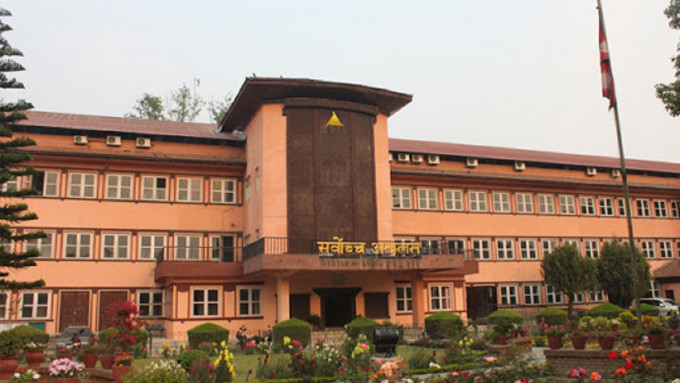Adolescence(10-19 years of age), is a period of both physical and emotional growth but at the same time, people belonging to this age group have harmful habits and are more prone to fall prey to dangerous situations.
24.19 percent ( 26.5 million) of Nepal’s population is currently in the age group of 10 to 19 years. The mortality rate of Nepali adolescents stands as high as 90.5 per 100000 adolescents.
In an age when high fluctuation of hormones is a common phenomenon, adolescents in Nepal are becoming prone to mental health problems, which if not addressed can result in worst-case scenarios like adolescent suicide. According to the Nepal Health Research Council 2020, 7 in 1000 Nepali adolescents have attempted suicide in their lifetime, while more than 5 percent of adolescents are suffering from mental health disorders.
“Family and peer support is essential for adolescents suffering from mental health problems. It is important to highlight the importance of physical activities for adolescents. Stretching, cardio and sports activities work as a mood enhancer for adolescents and help them cope with academic stress and relationship failures,” says adolescent health and development expert, Radhika Ghimire. WHO recommends the regular exercise of at least 60 minutes for adolescent boys and girls which also prevents non-communicable diseases among adolescents. However, less than 15 percent of adolescents were found to be exercising regularly for 60 minutes as per the study by the Ministry of Health and Population Nepal in 2021.
Physical activity is also linked to the proper physical growth of adolescents in terms of height and weight, which is a major problem in Nepal. According to the Nepal National Micronutrient status survey 2016, 32 percent of boys and girls are stunted and 23.3 percent of boys and 14 percent of girls are underweight in Nepal. Similarly, Anaemia is highly prevalent among adolescents (Girls: 20.5% and Boys: 10.5%).
Evidence shows that adolescents in Nepal are not receiving the proper nutrition required for sound development through food. “Certain geographical areas such as Karnali have the highest level of stunting among children of growing age. Those areas should be targeted by the Government to launch and regularly implement food supplement programs. Besides that, generating awareness at the community level about the nutritional value of locally available foods is a must,” says Ghimire.
“Food regulation in both the premises of and around the school will help promote healthy food consumption amongst adolescents. Further health subjects in the school curriculum should be reprioritized,” she adds
Researches have shown that substance abuse in adolescents in Nepal and southeast Asia is rampant. According to the World Health Organisation 2017, 8 percent of adolescents (Boys-11%, Girls-5%) are tobacco users and 5% (Boys-7, Girls-4%) are current alcohol users and 3% (Boys-4%, Girls-2%) are current marijuana users. The situation is worse in Nepal, with 23.5%, 16.74 % and 3.32% of adolescents and youths using alcohol, cigarettes or tobacco and drugs (marijuana, opium, cocaine) respectively. “Peer pressure and imitating is very high among adolescents. They tend to idealize the characters they watch in movies and shows and cultivate harmful habits. Additionally, the unrestrained availability of alcohol and tobacco contributes to the habit of substance abuse amongst the adolescents in Nepal,” says Ghimire.
Road Traffic Accidents (RTAs) cause a lot of preventable deaths, non-fatal injuries and disability among adolescents. Globally, RTAs have been reported as one of the top 3 major causes of mortality amongst adolescent boys and girls. According to the Traffic Directorate, maximum RTAs occur due to high-speed driving, blind turns and the rider’s critical health condition. In the year 2015 the number of RTAs registered was 4119 whereas in the year 2016 the number reached up to 5205. This shows an increasing trend in road traffic accidents in Nepal making it increasingly dangerous for adolescents. “ Adolescents are driving on dangerous roads before they attain emotional maturity and they fail to abide by the speed limits and traffic rules. Segregating licence exams for youths and older people, while giving more priority to emotional intelligence questions for youths should be implemented,” concludes Ghimire.
READ ALSO:








